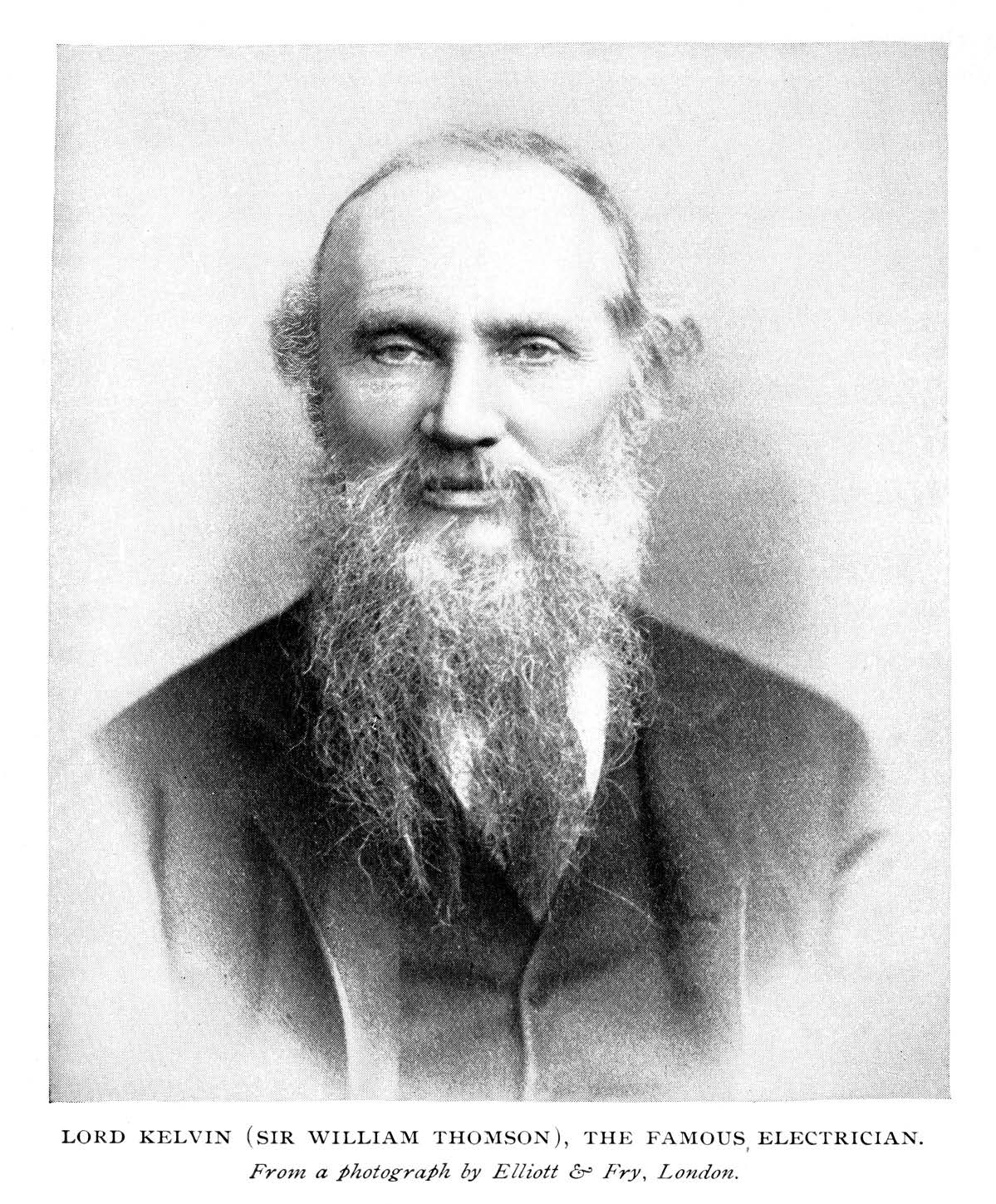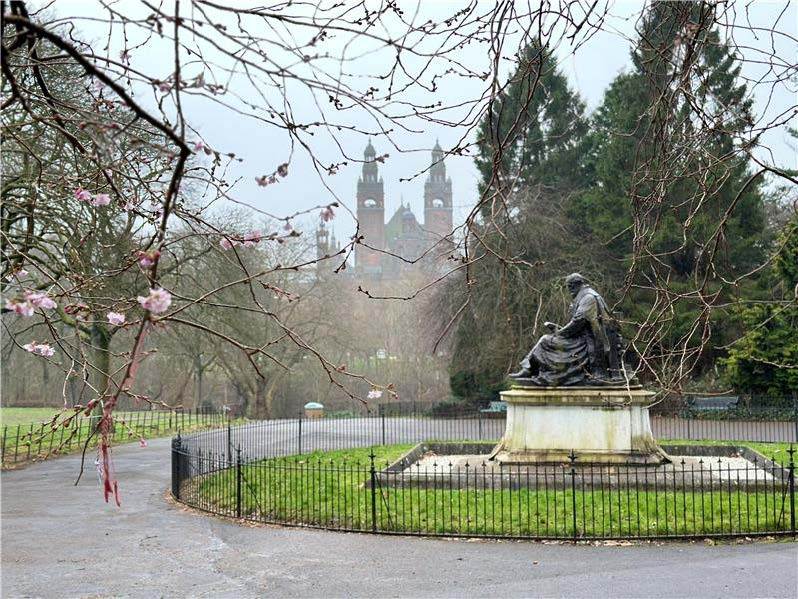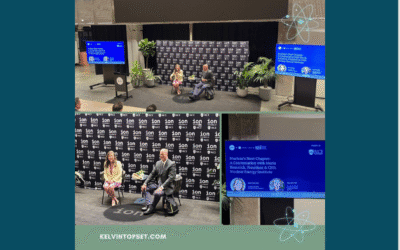Today marks the anniversary of Lord Kelvin’s death, but this year we have celebrated the bicentenary of his birth by reflecting on the extraordinary legacy of our namesake; one of Scotland’s most illustrious sons.
Born William Thomson, 1st Baron Kelvin adopted the title in 1892 from the River Kelvin near where he taught at The University of Glasgow and where Kelvin TOP-SET was established in 1986. He was not just a local hero but a titan of 19th-century science whose work continues to influence our understanding and experience of the physical world today.

From Glasgow’s Streets to Scientific Greatness
Born in Belfast but raised in Glasgow from the age of six, young William Thomson showed prodigious talent from an early age. The cobblestone streets and bustling shipyards of industrial Glasgow would prove to be the perfect backdrop for a mind that would later revolutionise our understanding of thermodynamics, electricity, and telegraphy.
At just 10 years old, Thomson entered the University of Glasgow, where his father was a professor of mathematics. By 22, he had become one of the youngest professors of Natural Philosophy (Physics) at the same institution, a position he would hold for a remarkable 53 years.
Contributions That Changed the World
Lord Kelvin’s ability to solve theoretical problems with practical solutions led to many seminal and transformational inventions that continue to have a lasting global impact.
Thermodynamics and the Kelvin Scale
Perhaps Lord Kelvin’s most enduring contribution is his work on thermodynamics. His name lives on with the ‘Kelvin Scale’, the absolute temperature scale used universally by scientists today. This wasn’t merely a new way to measure temperature; it represented a fundamental understanding of the nature of heat and energy. Kelvin’s insights helped establish the Second Law of Thermodynamics, which explains why heat flows from hot to cold bodies and not vice versa. This principle underlies everything from refrigeration to our understanding of the universe’s eventual heat death.
The Atlantic Telegraph Cable
While most scientists stuck to theorising in their ivory towers, Lord Kelvin was as much an engineer as a theorist. His work on the transatlantic telegraph cable project exemplified this practical bent. When initial attempts to lay a cable across the Atlantic failed, it was Kelvin’s insights and inventions that made the project successful.
He developed more sensitive instruments for detecting telegraph signals and showed how to transmit them more efficiently. The mirror galvanometer he invented for this purpose remained the standard for submarine cable signalling for decades.
A Legacy in Numbers
The scale of Kelvin’s contributions is staggering:
– Over 70 patents filed
– More than 600 scientific papers published
– 25 years as President of the Royal Society
Beyond the Laboratory
Lord Kelvin was also a progressive intellectual who engaged with the great questions of his day. He contributed to debates about the age of the Earth (though his estimate was famously too low), the nature of light, and the fundamentals of electrical theory. This laid the groundwork for many modern technologies we take for granted:
– Refrigeration (hence US brand ‘Kelvinator’) and air conditioning
– Fundamental electrical principles used in power generation
– Ocean navigation instruments enhancing safety at sea (including a compass, adopted by most navies around the world)
– Precise scientific measurement techniques
– Clinical application of ultrasound technology
Lord Kelvin’s Glasgow
Today, Glasgow remembers its adopted son proudly. The University of Glasgow‘s iconic tower stands on a street named in his honour, and students still pass his statue as they hurry to lectures. The Hunterian Museum houses many of his instruments and papers in a permanent exhibition; a testament to his ingenious mind and legacy.

Relevance Today
As we face the challenges of climate change and seek new sources of energy, Lord Kelvin’s work on thermodynamics remains as relevant as ever. His approach to problem solving – combining theoretical insight with practical application – serves as a model for modern scientists and engineers, and an inspiration for the TOP-SET problem-solving and incident investigation method, which is taught on our incident investigation courses.
Looking Forward
Two hundred years after his death, as we stand on the cusp of new scientific revolutions in quantum computing and fusion energy, we can still learn from Lord Kelvin’s example. His insatiable curiosity, his willingness to tackle both theoretical and practical problems, and his dedication to public service remain inspiring.



